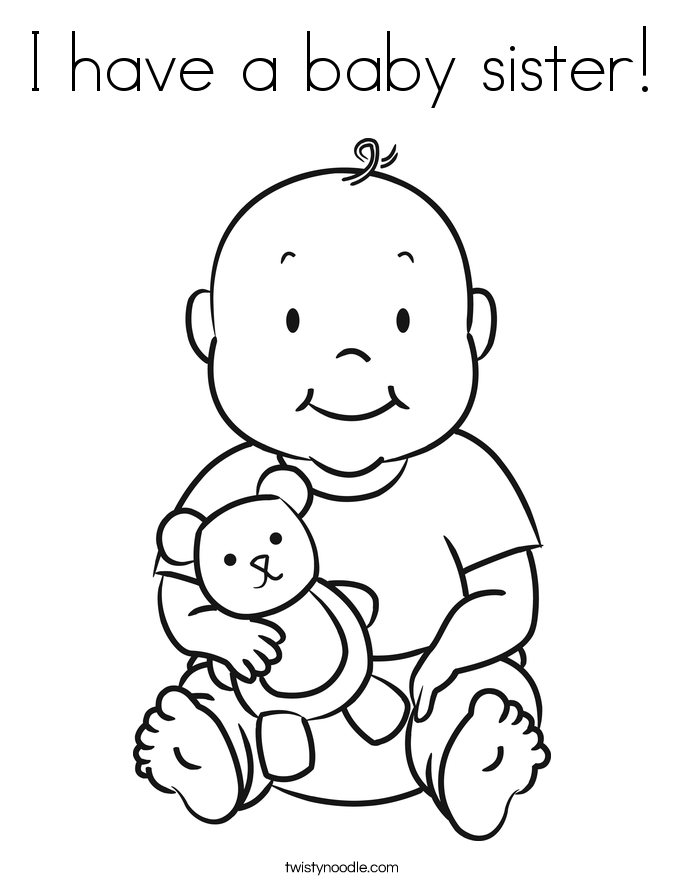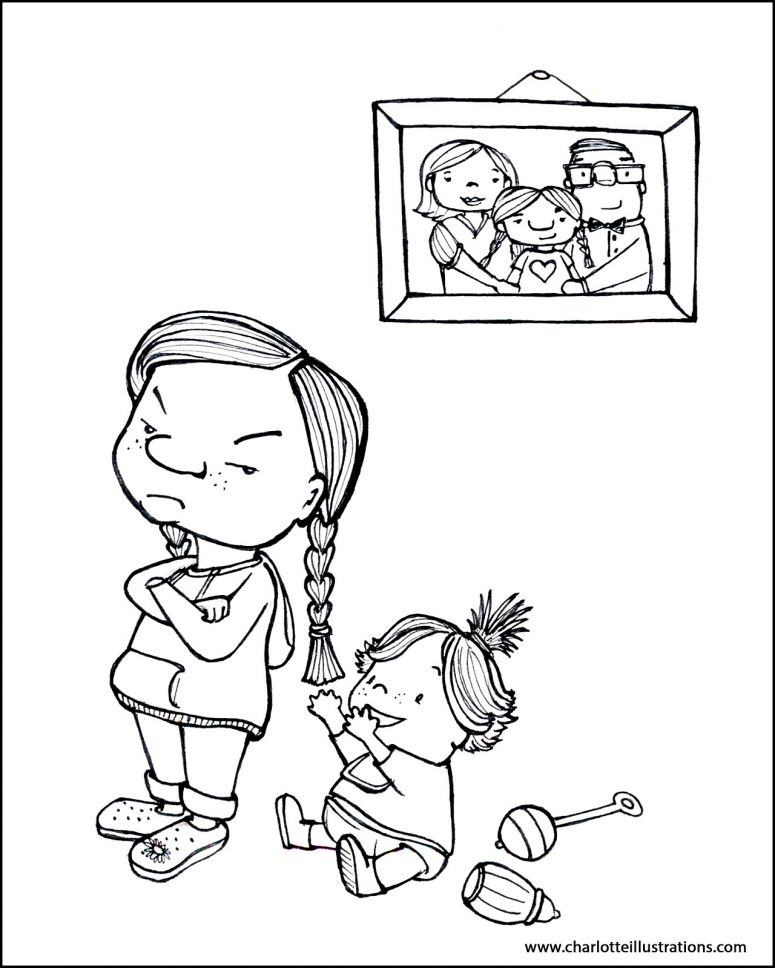Are you looking for a fun and creative activity for your kids? Big Sister Little Brother Coloring Pages are a great way to engage children in a productive and entertaining pastime. These coloring pages feature adorable illustrations of siblings spending time together, perfect for children of all ages to enjoy. With a variety of designs and themes to choose from, Big Sister Little Brother Coloring Pages offer endless possibilities for creativity and imagination.
Unique Features of Big Sister Little Brother Coloring Pages
One unique aspect of Big Sister Little Brother Coloring Pages is the representation of the special bond between siblings. These coloring pages can help children express their feelings about their own siblings and strengthen their relationships. Additionally, the diverse range of designs allows kids to explore different scenarios and settings, sparking their curiosity and nurturing their storytelling abilities.
- Encourages creativity and imagination
- Promotes emotional expression and sibling bonding
- Offers a variety of themes and designs to choose from
Benefits of Big Sister Little Brother Coloring Pages
Using Big Sister Little Brother Coloring Pages can provide several benefits for children, including:
- Improving fine motor skills
- Enhancing hand-eye coordination
- Boosting concentration and focus
- Fostering a sense of accomplishment
Instructions for Using Big Sister Little Brother Coloring Pages
When using Big Sister Little Brother Coloring Pages, it’s important to create a comfortable and inspiring environment for your kids. Make sure they have access to a variety of coloring tools such as crayons, markers, and colored pencils. Encourage them to take their time and experiment with different colors and techniques to bring the illustrations to life.
Coloring Techniques for Big Sister Little Brother Coloring Pages
To make the most of your coloring experience, try out these techniques:
- Start with light colors and gradually build up to darker shades for a more realistic effect.
- Blend colors together by overlapping them gently to create new shades and textures.
- Use shading to add depth and dimension to the images, highlighting certain areas and creating a 3D effect.
Big Sister Little Brother Coloring Pages
Brother And Sister Colouring Pages at GetColorings.com | Free printable

Big Sister Coloring Page at GetColorings.com | Free printable colorings

You Are Loving Big Sister Inspirational Coloring Pages for – Etsy

Big Sister Coloring Pages Free | Sisters printable, Big brother little

32 Coloring Pages Brothers And Sisters – Zsksydny Coloring Pages

Big Sister Coloring Pages Coloring Pages

Big Sister Coloring Pages Now Sis Good Lol Printable Baby Coloring

Sister and her Little Brother coloring page | Free Printable Coloring Pages

Happy Birthday Brother Coloring Page For Kids Holiday Coloring Pages

